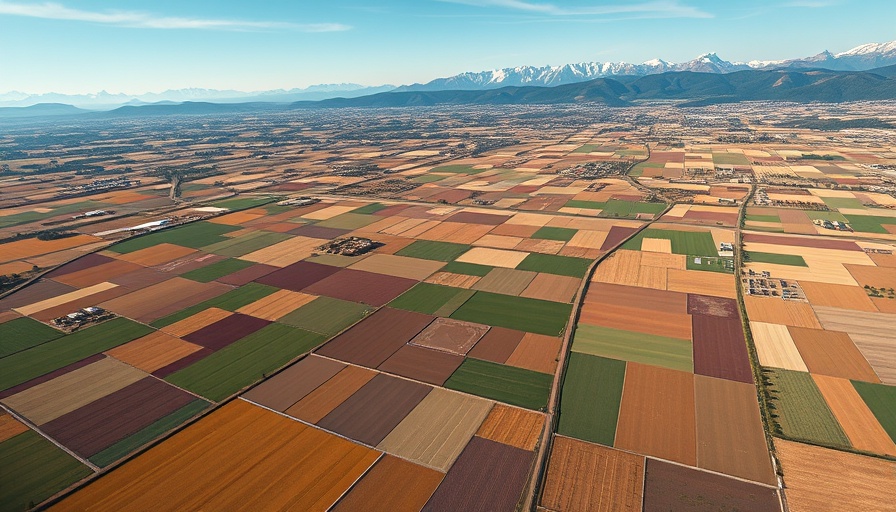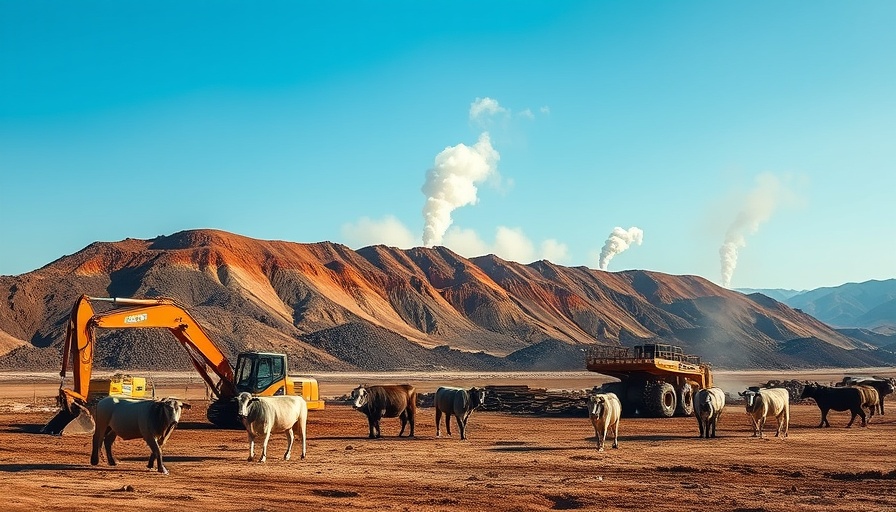
Understanding the Scale of Heavy Metal Contamination in Agriculture
Recent research has unveiled a shocking fact: roughly one-sixth of the world’s croplands, amounting to 598 million acres, are contaminated with toxic heavy metals such as arsenic, lead, cadmium, and copper. These metals often exceed safe limits for human health and agriculture, creating a pressing concern for food safety and public health globally. This alarming contamination has roots in both natural sources and decades of industrial practices, making it a complex issue that transcends geographical boundaries.
How Heavy Metals Invade Our Food Supply
Heavy metals are particularly concerning because they do not degrade over time in the environment. When crops are grown on contaminated soils, they absorb these harmful substances, which then make their way into our diets. Common staples, such as rice and leafy greens, are particularly susceptible to heavy metal accumulation. This bioaccumulation can have dire health implications for individuals, manifesting as chronic illnesses that may take years to surface.
The Geography of Toxicity: A Metal-Enriched Corridor
The study highlights what researchers are calling a “metal-enriched corridor” stretching from southern Europe through the Middle East and into South Asia. This region has a long history of agricultural activity intertwined with industrial processes and limited regulatory oversight, resulting in dangerous soil pollution. Understanding the geographical spread of these contaminated lands is crucial for addressing the food safety crisis effectively.
Health Risks Associated with Heavy Metal Exposure
Long-term exposure to heavy metals like lead and cadmium can lead to severe health conditions, including kidney damage, developmental disorders in children, and increased cancer risk. Diets that rely heavily on commonly grown crops within these contaminated regions exacerbate these risks. It’s important to be aware of what those risks entail, particularly in areas heavily reliant on just a few staple crops.
Global Efforts to Combat Soil Pollution
Despite the grim statistics, efforts are being put forward to address soil contamination globally. Researchers like Deyi Hou from Tsinghua University are leading initiatives using advanced technology, including machine learning and vast databases of soil concentrations, to map and analyze soil pollution levels and identify at-risk areas. This data is essential for informing policies and actions to protect agricultural health and food safety.
What Can We Do?
Awareness is the first step towards change. As consumers, we can educate ourselves about the origins of our food, advocate for stricter regulations on agricultural practices, and support local farms that utilize sustainable practices. Reducing heavy metal contamination in our food supply is not just a scientific endeavor; it requires collective action from consumers, policymakers, and agricultural industries alike.
In conclusion, understanding the implications of heavy metal contamination is crucial for ensuring our health and the safety of our food supply. By staying informed and actively engaging with agricultural practices, we can work towards a healthier future for ourselves and the planet.
 Add Row
Add Row  Add
Add 




Write A Comment